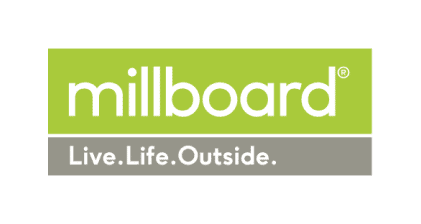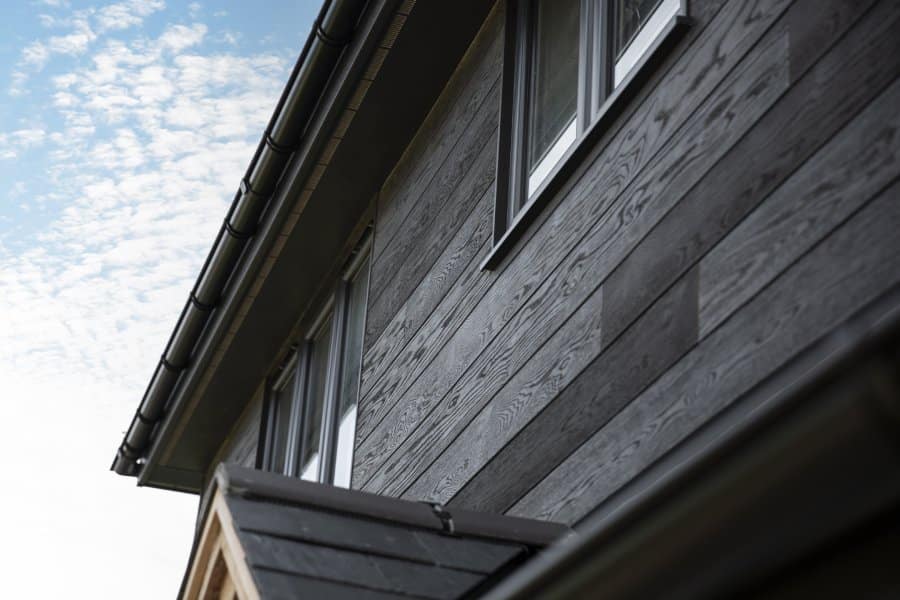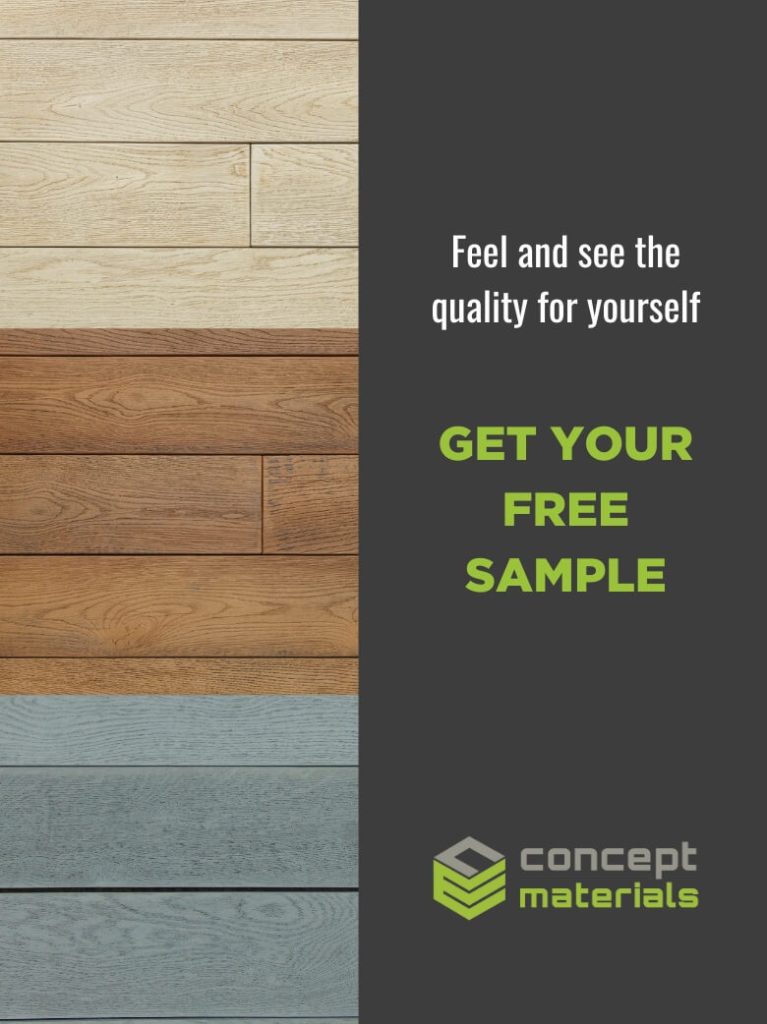With each passing day, the real estate and building industry continue to witness increased growth. Notably, there has been increased construction of commercial and residential spaces and home improvement activities.
According to Statista, the global real estate market size was valued at AUD$13.35 billion as of 2021. It’s expected to grow at a Compound Annual Growth Rate (CAGR) of 4.8%, reaching AUD$20.52 billion by 2030.
This growth could see an increased demand for interior and exterior design architecture and services. Notably, homeowners are focusing on outdoor design elements like external cladding to improve the quality of their buildings.
Exterior cladding is a type of siding used to cover a building’s outside surfaces. It transforms the aesthetics of a building and improves its structural performance. Therefore, as you plan to design the exterior of your residential or commercial building, here are some external cladding types, design principles and best practices to consider:
1. External cladding design considerations
Below are some design considerations to ensure your external cladding is fully functional:
- Thermal insulation: Your external cladding design should provide excellent and continuous thermal insulation. Composite cladding are mostly chosen for this purpose as their thickness can offer higher insulation levels. Ideally, a cladding material with a higher R-value can prevent overheating of the interiors during summer and entry of cold during winter.
- Air tightness: Your external cladding assembly should resist air leakage inside or outside the building. An airtight design improves the performance of ventilation systems, providing more comfort in living spaces.
- Water drainage: There’ll more likely be rainwater flowing down the surface of your external cladding. This can cause damage such as corrosion, defacing the cladding. To prevent that, you can use a rain-screen system for moisture management. It’s an exterior cladding infrastructure that stands off from the building’s moisture-resistant barrier, creating an air cavity behind the cladding. This accelerates the evaporation of moisture through passive ventilation. Also, it helps prevent potential moisture impact on adjacent surfaces.
Notably, consider the professional advice of your contractor throughout the design process.
2. External cladding materials
There are various external cladding options and products for your house design today. Common materials include:
- Composite cladding
- Ceramics
- Natural slate
- Brick wall cladding
- Aluminium composite material
- Timber wall cladding
- Anodised aluminium
- Fibre cement cladding solutions
- Metal cladding
- Natural stone cladding
However, performance and appearance may differ depending on the type of material. Therefore, you’d want to choose a high-quality cladding material for your home or commercial space. Below are some factors to consider:
- Aesthetic intent: External cladding materials come in various styles, colours and artistic finishes. So, you can choose one that adds the most aesthetically-pleasing appearance to your property. For instance, you can select a colour that complements other exterior features like doors or windows. Alternatively, you may opt for a contrasting colour or style if you want your external cladding to be the primary centre of attraction.
- Impact resistance: The cladding material should have the strength and rigidity to withstand harsh conditions such as rain, dust, moisture, wind loads or harmful UV rays. This way, it can stay beautiful for several years without needing replacement.
- Ease of installation: An external cladding material can only be fully functional when properly installed. Therefore, you’d want to choose flexible designs that allow easy and different installation methods.
- Sustainability: It’s best to use eco-friendly cladding materials to reduce the negative impact on the environment.
- Cost: While you should go for a product that suits your budget, you should also be careful not to sacrifice quality. Therefore, when comparing prices, you should pay close attention to the value to ensure the product offers you long-term savings. Below are the typical costs for different types of cladding materials:
- Weatherboard cladding: AUD$3.20 – AUD$6.85 per metre
- Timber cladding: AUD$3.25 – AUD$11.75 per metre
- Vinyl cladding: AUD$30 – AUD$100 per m2
- Stone veneer: AUD$100 – AUD$150 per m2
- Aluminium cladding: AUD$14 – AUD$36.50 per m2
Also, the average cost of cladding a house is between AUD$50 to AUD$80 per hour, depending on the type of cladding material. One of the best cladding options is composite materials such as Millboard cladding. The mixture of resin and wood produces a solid material that’s highly durable and requires less maintenance.
3. Maintenance practices
The following are some maintenance practices to consider:
- Have a cleaning program to remove dirt or dust from external cladding surfaces to prevent them from building up. Pressure washers can blast away the dirt and reveal the neat exterior cladding.
- Organise scheduled inspections and a repair plan with your contractor in case of any issues.
Use rot-resistant coating for products that are more prone to moist and algae. - Most importantly, consult your contractor about the best maintenance to adopt to boost the structural performance and appearance of your external cladding.
Conclusion
External cladding enhances the physical appearance of your house and provides additional strength to protect the structure from potential damage. Above are some external cladding ideas, design considerations and best practices to consider. Altogether, when choosing your external cladding design and materials, remember to balance aesthetics and functionality.








